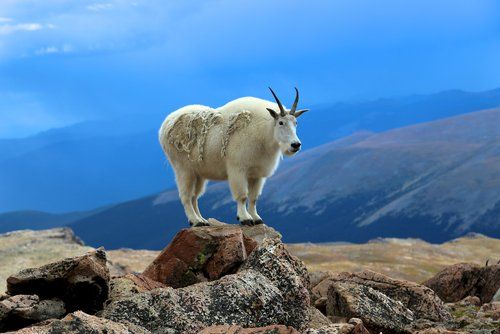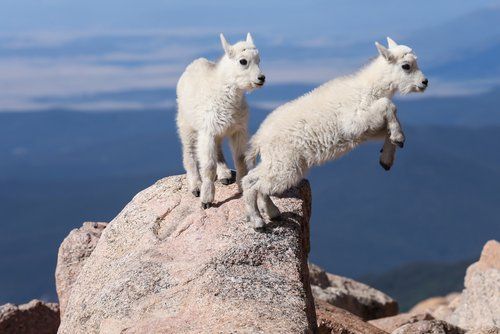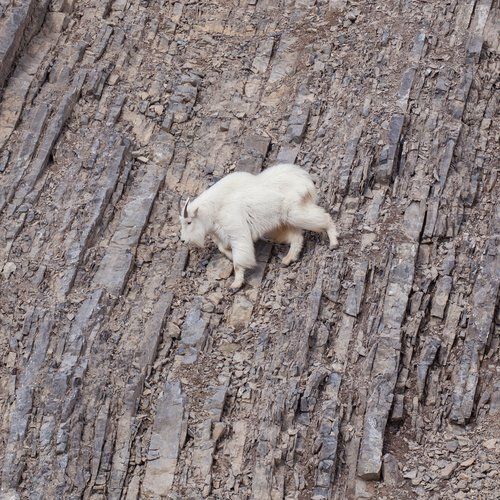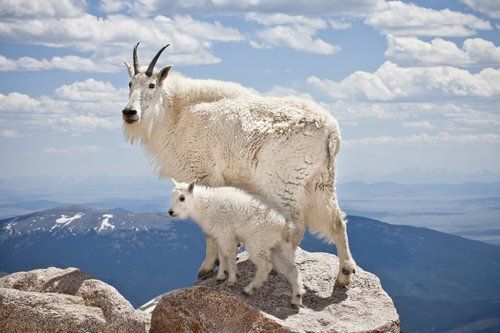Island of CourageApply Through Courage
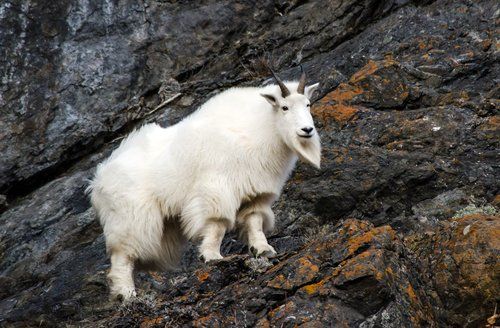
Sperof /SPEH-rahf/ Smile, Persist, One Step at a Time, and Be Flexible
- Persist and be resilient.
- Focus on one thing at a time.
- Be flexible and adjust to change.
- Smile: Releases endorphins causing a feeling of well-being.
- Persistence: Determines the degree of commitment and integrity.
- One step at a time: Maintains order and efficiency by assisting us to get there fast by going slow.
- Flexibility: Assists to adjust/adapt to change, maintain control, keep calm, creative, and better able to manage stress.
Recommended Path:
1
2
- I am best propelled by a sense of calm urgency rather than a sense of stressful necessity.
- When is it appropriate to be flexible, and when is it not?
- Listen to Sperof the Mountain Goat.
- Record your thoughts and impressions.
- Read through the mountain goat facts.
- After reading the animal facts and listening to the song, how could you liken the mountain goat to smiling, persisting, taking one step at a time, and being flexible?
- Look at the “How to Use” section below and find stories in your core books that exemplify Sperof (Smile, Persist, take One step at a time, and be Flexible).
4
1. Mountain goats are actually related to antelopes and cattle, not goats.
2. Mountain goats are uniquely suited to the high rocky mountain cliffs of North America where they live. Their hooves are hard and straight on the outer side, with a soft, flexible middle that helps them to grip rocks and tiny surfaces on the cliffs.
3. Young mountain goats are called kids; a grown male is called a billy, and a grown female is called a nanny. You can tell the age of a mountain goat by counting the rings on its horns once it has reached two years old.
4. Mountain goats are able to jump up to 4 m (12 ft) in a single bound and climb cliffs that are at a 60-degree angle. They are one of the more agile animals in the animal kingdom.
5. Mountain goats have thick white hair that camouflages them and keeps them warm during cold seasons. During the spring and summer, they shed their long coats by rubbing against trees and rough edges on rocks.
6. What else can you learn about mountain goats?



